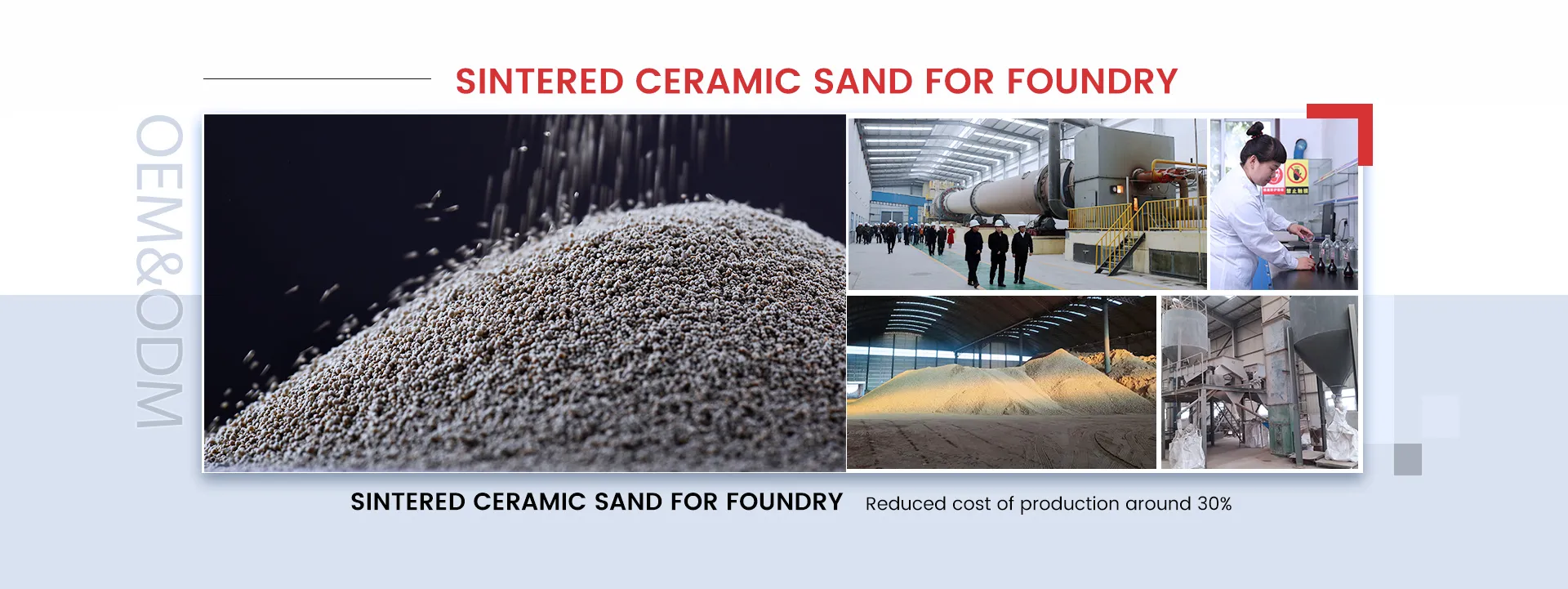Achieving Smooth 3D Prints Without Sanding
3D printing has revolutionized the way we create items, allowing for unparalleled customization and rapid prototyping. However, one common challenge faced by enthusiasts and professionals alike is achieving a smooth finish on printed objects. Traditional methods such as sanding can be time-consuming and require significant labor. Fortunately, there are several techniques you can utilize to achieve smoother 3D prints without the need for sanding.
Achieving Smooth 3D Prints Without Sanding
Another important factor is the nozzle size and type of filament. Using a smaller nozzle can help produce more refined details and reduce roughness on the surface. Filaments like PETG and ASA tend to produce smoother finishes compared to standard PLA, largely due to their properties that minimize stringing and oozing during printing. Experimenting with different filaments can yield varying results, so it’s worthwhile to test them out based on your project's requirements.
smooth 3d prints without sanding

Temperature settings also play a crucial role in the final appearance of prints. Increasing the nozzle temperature can improve the flow of filament, allowing for better layer adhesion and a smoother finish. However, be cautious with this approach, as excessively high temperatures can lead to issues such as stringing or overheating of the material, which can negate the benefits.
Post-processing techniques can also help in obtaining a smoother finish without resorting to sanding. One popular method is the use of a vapor bath, particularly with materials like ABS. Exposing the print to acetone vapor can melt and smooth out the outer layer of the print, resulting in a glossy finish. However, this method requires careful handling and proper ventilation due to the hazardous nature of acetone.
For prints where ultimate smoothness is desired, consider using a resin printer, which can achieve exceptionally smooth surfaces without the need for additional finishing. While resin printing is different from FDM (Fused Deposition Modeling), advancements in the technology have made it more accessible, allowing for intricate designs with minimal post-processing.
In conclusion, achieving smooth 3D prints without sanding is entirely possible through a combination of optimal printing parameters, careful material selection, and innovative post-processing techniques. By experimenting with these approaches, you can significantly enhance the quality of your 3D prints, saving time and effort while achieving the professional finish you desire. Embrace these strategies and enjoy the benefits of smoother, more aesthetically pleasing 3D printed objects.
Post time:Oct . 07, 2024 05:21
Next:youtube sand casting
